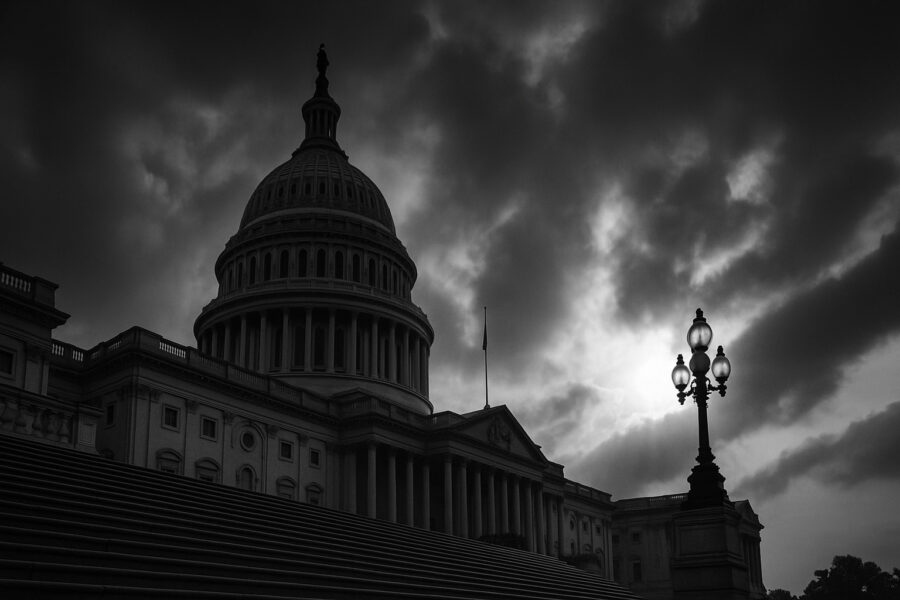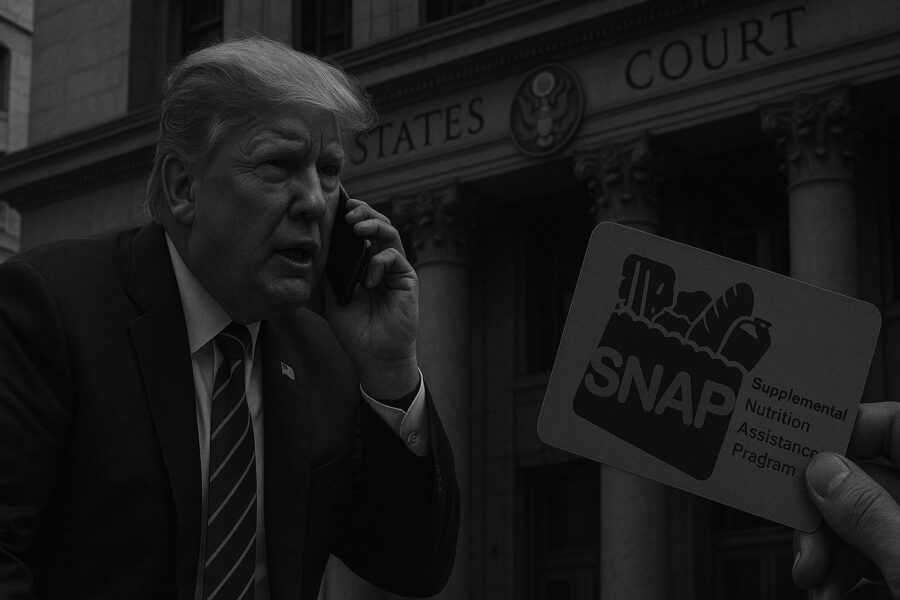Want Instant Updates? Follow us on Google News (here)
Want Instant Updates? Follow us on Google News (here)

Funding SNAP Could Take Months, Trump Admin Official Says
A top official at the United States Department of Agriculture (USDA) told a federal court on Monday that using emergency funds to pay reduced benefits under the Supplemental Nutrition Assistance Program (SNAP) could take “a few weeks to up to several months.” This disclosure comes amid the ongoing federal government shutdown and mounting legal pressure to keep food-aid moving. (reuters.com)
So what does this mean exactly?
The court order issued late last week required the Trump administration to immediately use USDA contingency funds to pay for November’s SNAP benefits. In response, the administration said it would comply and commit $4.65 billion — roughly half of the full monthly cost. But the sworn court filing from Patrick Penn, the USDA’s deputy under secretary for food and nutrition, quietly admitted that the rollout would not be immediate.
What the filing says
- The administration committed to obligate about $4.65 billion of contingency funds to cover SNAP in November.
- The total cost for full-benefit coverage is estimated at $8 billion to $9 billion, leaving a roughly $4 billion shortfall.
- In court filings, the USDA official warned states could need weeks to months to adapt systems to distribute reduced benefits.
- The government’s lawyers wrote that “defendants have worked diligently to comply with the court’s order on the short timeline provided by the court and during a government shutdown.” (reuters.com)
Political reaction
Pressed by ABC News on Monday, House Minority Leader Hakeem Jeffries (D-N.Y.) rejected the notion that Democrats—who are withholding votes on a “clean” government-funding bill—bear responsibility for the SNAP lapse.
“Wouldn’t the easiest way to fund SNAP just be for Democrats to vote to fund the government?” ABC’s Capitol Hill correspondent asked.
“No,” Jeffries replied, “the easiest way to fund SNAP is for the administration to do exactly what is done in so many other instances, including the administration finding $40 billion in order to bail out their right-wing dictator-wannabe friend in Argentina. … This is an intentional, vicious choice that Donald Trump and Republicans are making, and not a single American should go hungry. Not a single American. And it’s the fault of Republicans that that is happening in this country.” (abcnews.go.com)
Democrats, including Jeffries, have argued that SNAP has never run out of funding in its 60-year history, even during past shutdowns. They continue to insist the Trump administration use its full USDA emergency-funding authority to cover benefits without further delay.
Why this matters
- SNAP supports roughly 42 million Americans, many of whom have limited access to alternative food-aid programs.
- A delay or partial payment increases the risk of food insecurity and puts added pressure on local food banks.
- Two federal judges—in Rhode Island and Massachusetts—ordered the administration to use contingency funds to maintain benefits despite the shutdown. (reuters.com)
- The political blame game underscores how both parties are framing the crisis: Republicans emphasizing Democrats’ obstruction on funding votes; Democrats emphasizing the administration’s refusal to fully use available funds.
What to expect
- Recipients may not see full benefits in November—some will receive partial payments, others could face significant delays depending on state readiness.
- The administration continues to decline tapping an additional $23 billion emergency reserve fund that could cover the shortfall.
- States with more modern EBT (Electronic Benefit Transfer) systems may distribute payments faster, while others lag.
- Further litigation and political pressure could mount if implementation delays stretch beyond Thanksgiving.
Blame, delay, and the visibility of power
This exchange between the administration, the courts, and Congress reveals how crises become contests of narrative control. When food assistance slows, the question isn’t just who failed to act but how the story of failure is told. Each side claims moral high ground while millions wait for groceries.
The deeper insight: bureaucratic delay can act as an invisible instrument of power. “A few weeks to several months” may sound procedural, but for families living week to week, it is existential. Awareness means recognizing how institutional rhythms—court orders, appropriations calendars, administrative discretion—shape personal security. Freedom here lies in refusing to let technical language obscure human cost.
Bottom line
A senior USDA official told a federal court that funding SNAP could take months, citing administrative hurdles and a $4 billion shortfall. Democrats, led by Hakeem Jeffries, insist the Trump administration has the tools to fund the program immediately. Until either Congress acts or the USDA releases more emergency funds, millions remain caught between political stalemate and procedural drift.
Sources:
- Reuters – Trump administration to pay reduced food aid benefits using emergency funds
- ABC News – Hakeem Jeffries dismisses blame for SNAP funding lapse
- AP News – Trump administration says SNAP will be partially funded in November
- The Guardian – Federal judge orders Trump administration to fund SNAP
- Washington Post – Uncertainty hits after vulnerable Americans wake up to a SNAP freeze
Leave a reply




